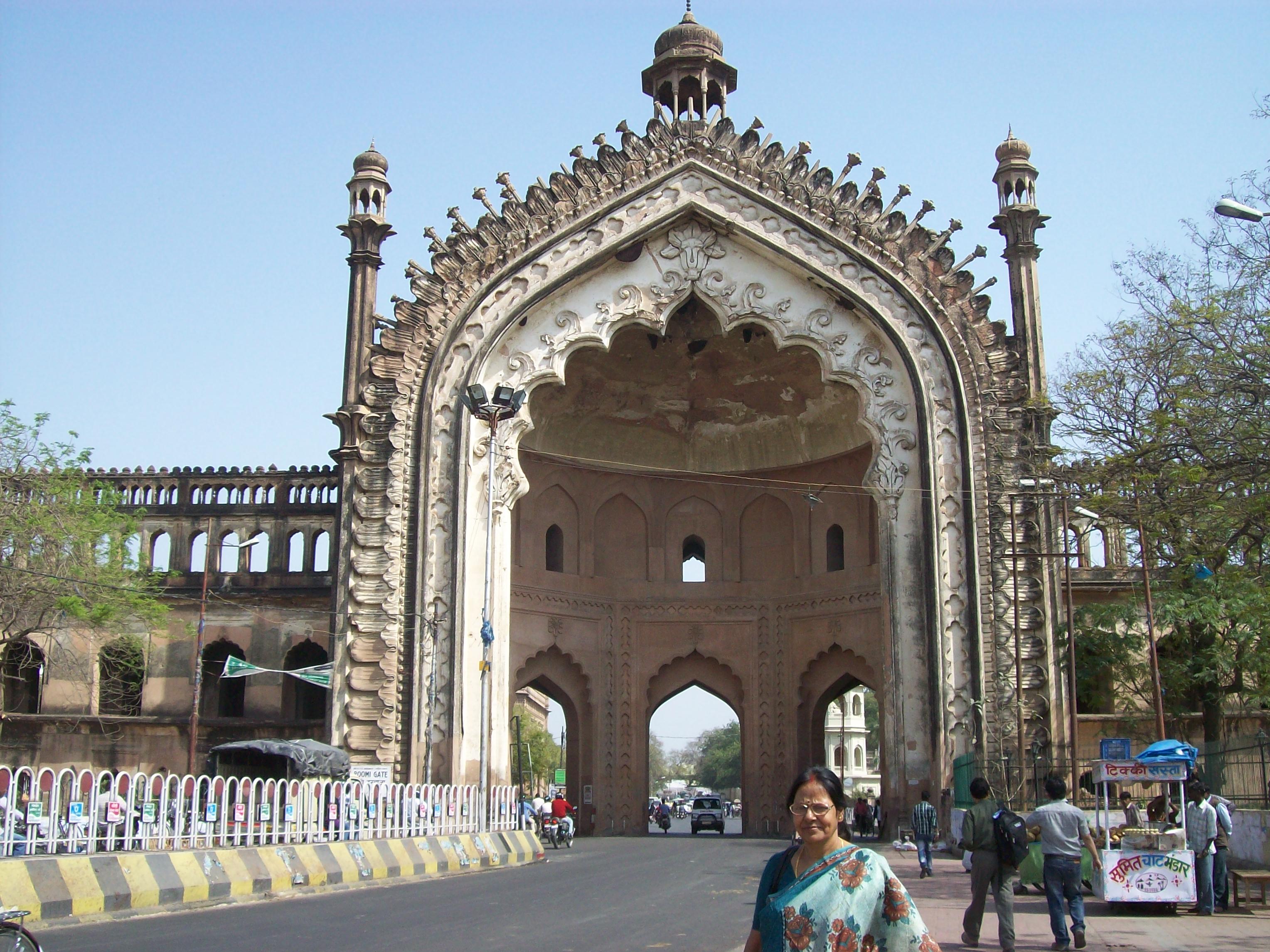EIB President Werner Hoyer on infrastructure and development
Infrastructure and development is inseparable from climate action
The European Investment Bank’s EUR 450 million loan to fund the construction of a Metro system in the Indian city of Lucknow demonstrates that infrastructure, development, and climate action are inseparable, EIB President Werner Hoyer says in a new video.
The Lucknow project, which the EIB signed March 30, is an infrastructure project that will make a vital contribution toward the city’s development, Hoyer says. It is also an important step in the battle against climate change. That combination of infrastructure, development and climate is increasingly important in a world where public funds are scarce.
A measure of the impact of the new Metro in Lucknow, the capital of India’s most populous state, Uttar Pradesh is that it is expected to increase the use of public transport from 10 percent of the population to 27 percent. In a city of three million people, that’s a very significant number.
“Of course, infrastructure also touches on innovation,” Hoyer adds, citing new EIB deals to fund broadband in Africa.
These issues are central to the agenda of the Spring meetings of the World Bank and the International Monetary Fund this month in Washington DC. At the heart of Hoyer’s message is the importance of partnerships between the EIB and multilateral development banks—and private finance.

Innovation underlies the best climate and development deals
Hoyer notes that it is not only in specific deals that the EIB combines infrastructure, climate action, development and innovation. The EIB, after all, innovated the market for Green Bonds when it issued the first one in 2007. “We think it has been a successful instrument,” he says. “After all we have issued 13 billion euros of Green Bonds since then.”
To promote continued growth in the Green Bond market, the EIB coordinated a working group of 11 international financial institutions last year to propose a set of principles to measure the impact of projects associated with the bonds. The certainty that comes with harmonised impact principles attracts more investors to the market. “More investors means more Green Bonds,” Hoyer says, “which means more finance for climate action. All because of partnerships the EIB forged.”
In 2015 the EU Bank financed almost 21 billion euros of climate action. That is more than a quarter of all its financing and almost a third of its lending in developing countries. In developing countries, the EIB is committed to devoting fully 35 percent of its lending to climate action by 2020.
That’s where partnerships between public banks like the EIB and private business are so vital.
The EU Bank is experienced at blending donor funds with banking instruments that are attractive to private investors. The EIB hopes to put that experience to use as a partner in the Green Climate Fund, which the Bank joined in March. The EIB’s innovative financing will be added to Green Climate Fund money, and in turn it will catalyse further public and private investment.
“Public money must be a catalyst for private investment,” Hoyer says.
That’s working already with the Investment Plan for Europe and the European Fund for Strategic Investments (EFSI). With a EUR 16 billion budget guarantee from the European Union and five billion euros of the EIB’s own resources, the Bank aims to trigger an additional 315 billion euros of investment over three years.
After less than one year, the EIB Group has committed through EFSI EUR 10.6 billion to 200 projects in 22 European countries. That means a total of over EUR 76 billion in investment mobilized. “We are a quarter of the way toward our target already,” Hoyer says. “The EU Bank is about crowding-in partners, creating attractive investments with them, and thus mobilizing still more investors.”
